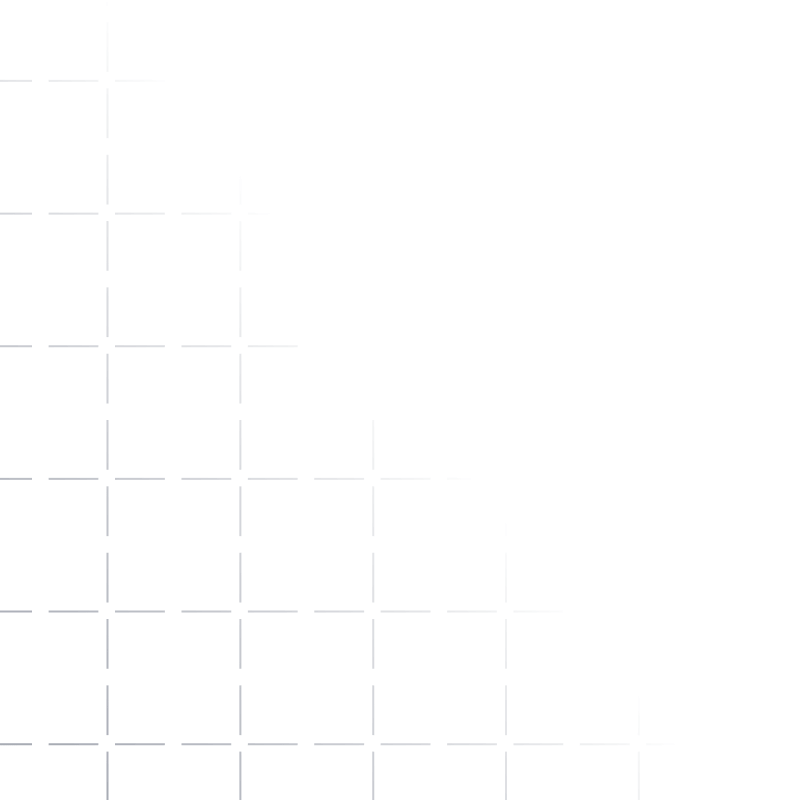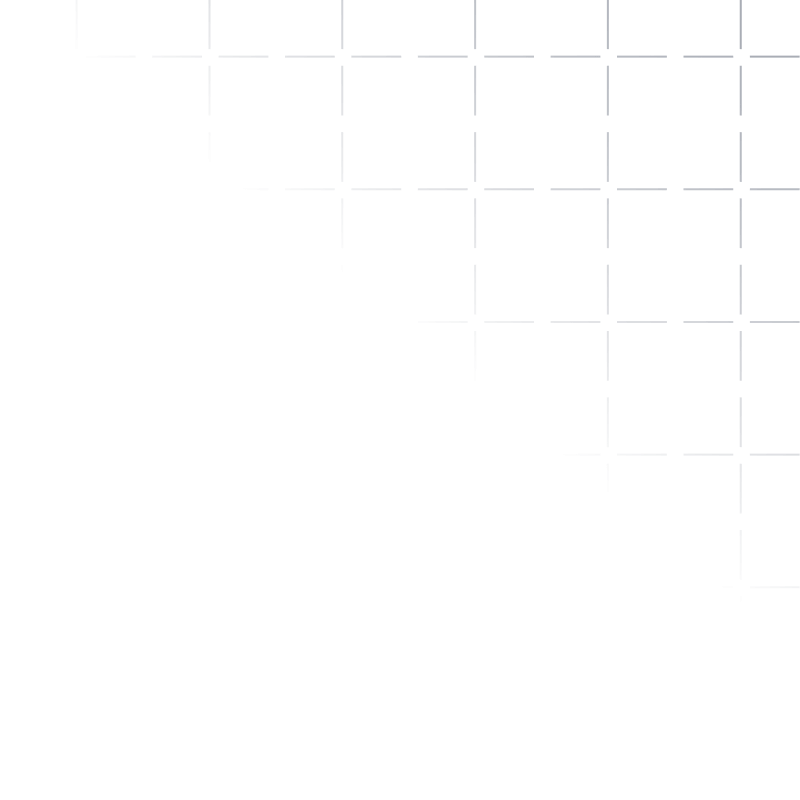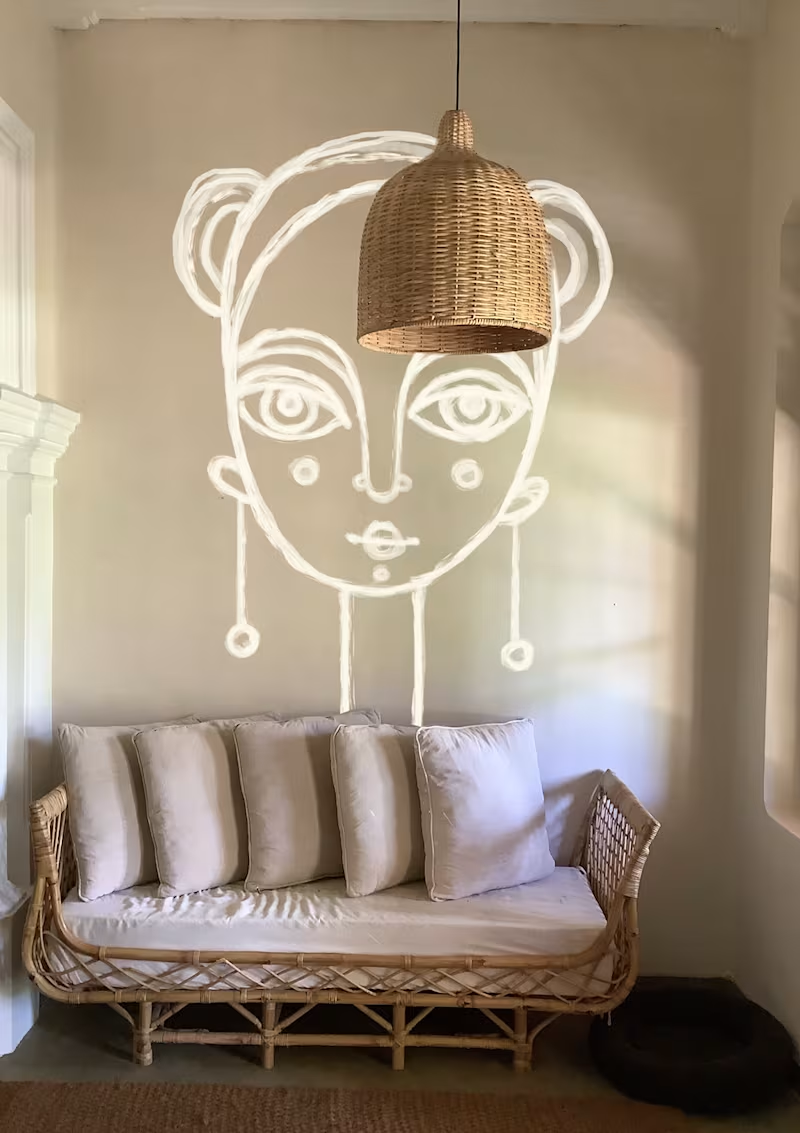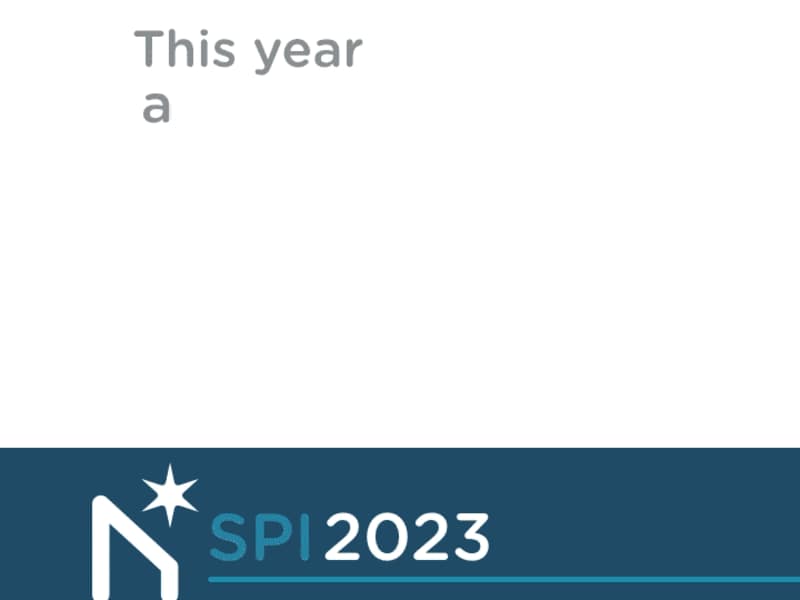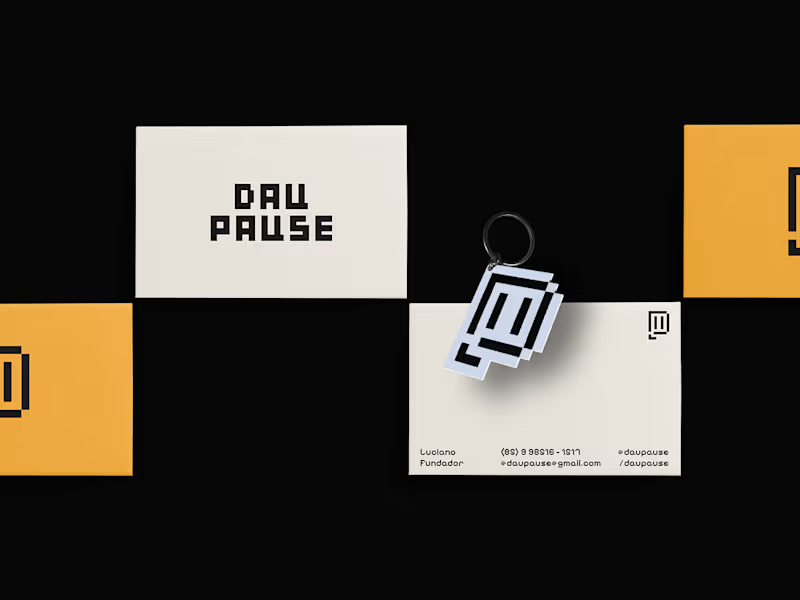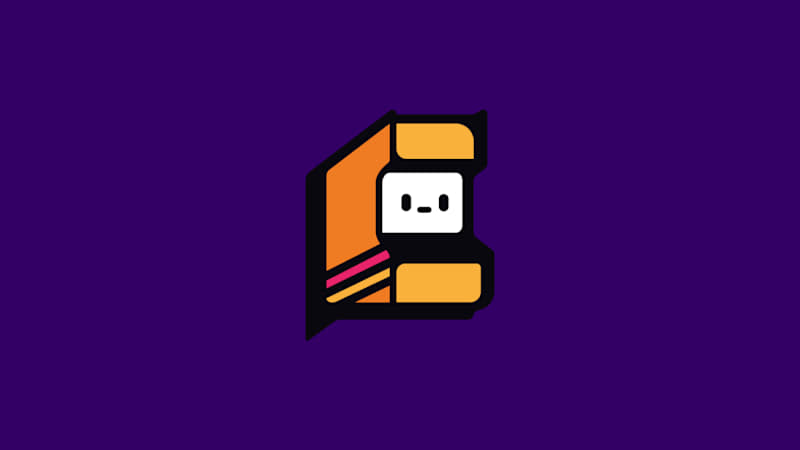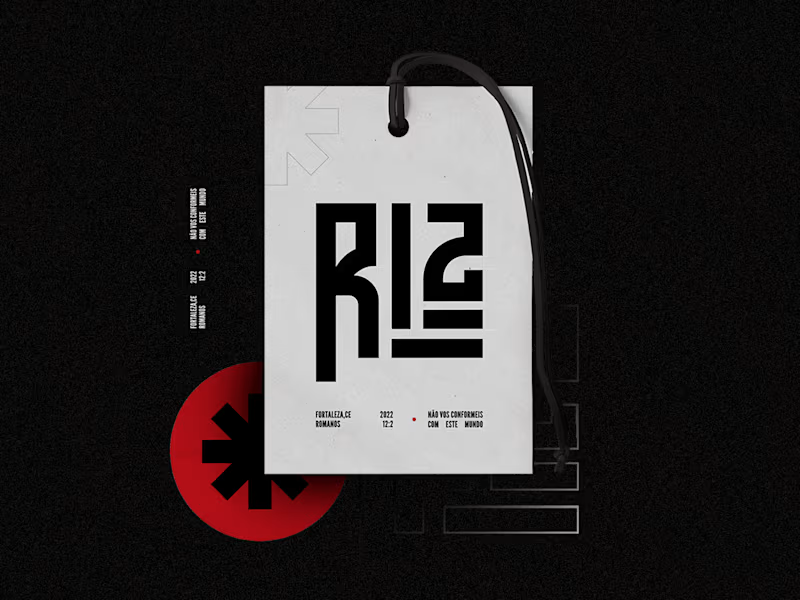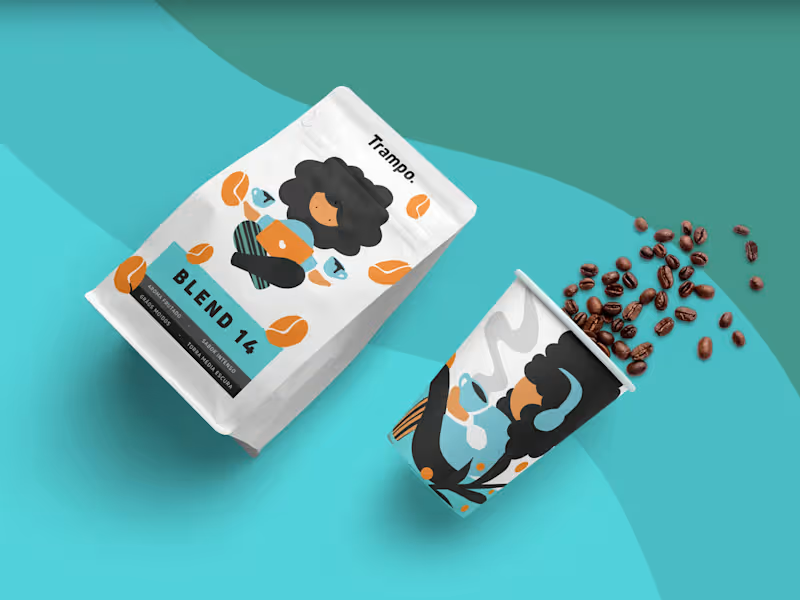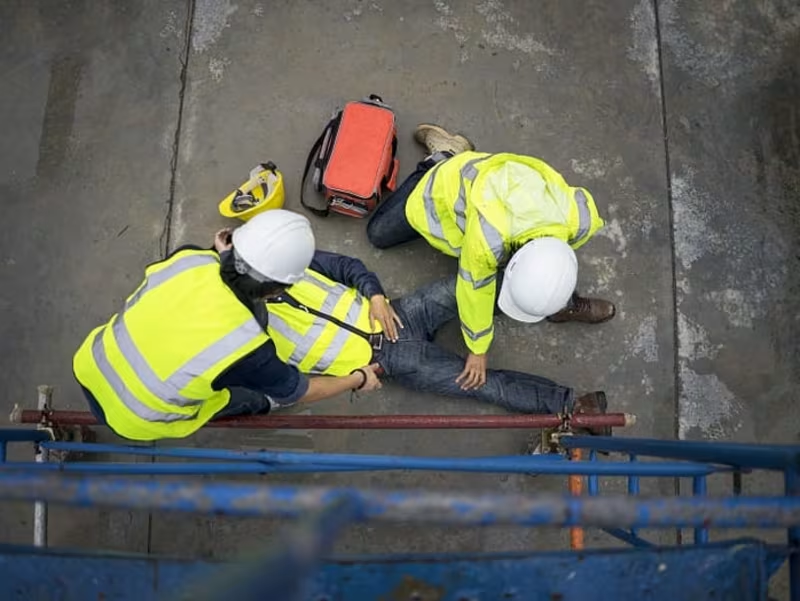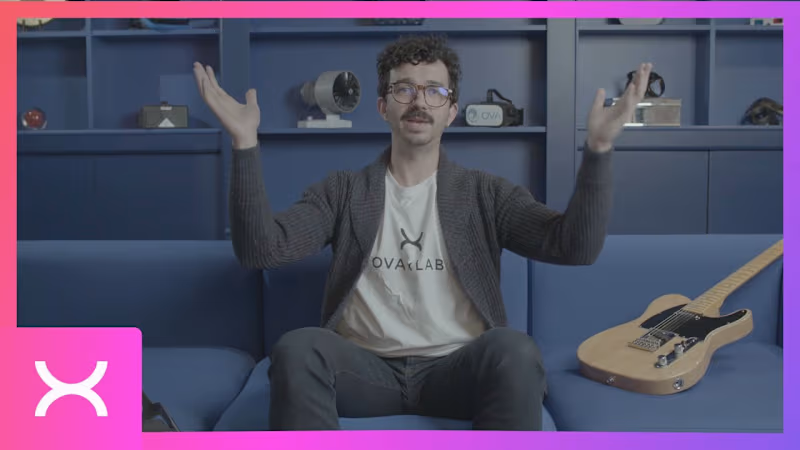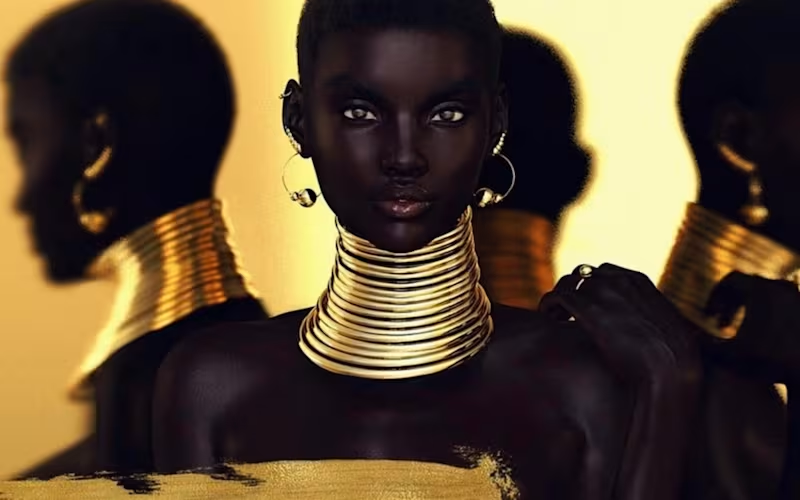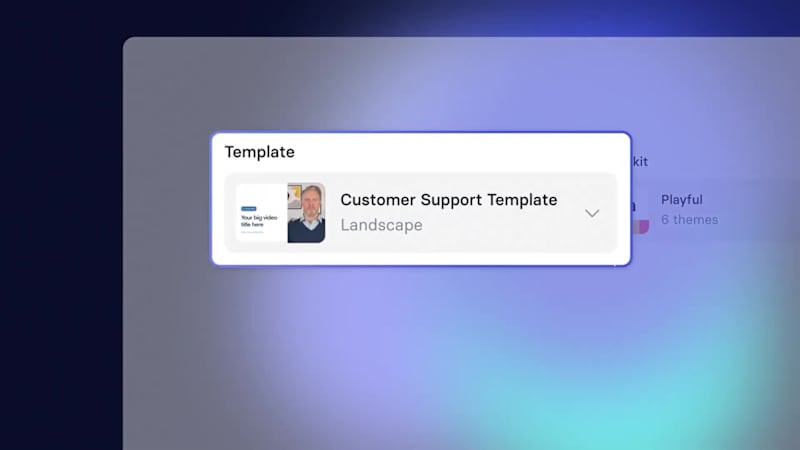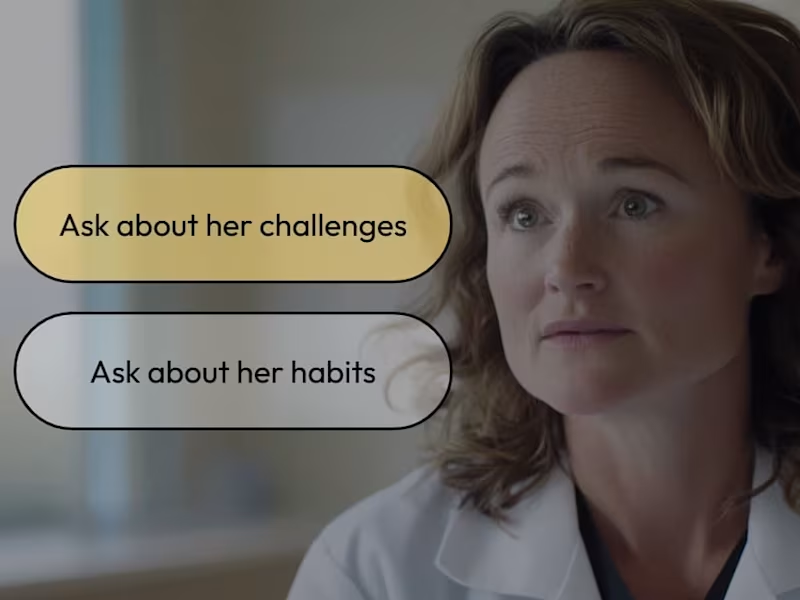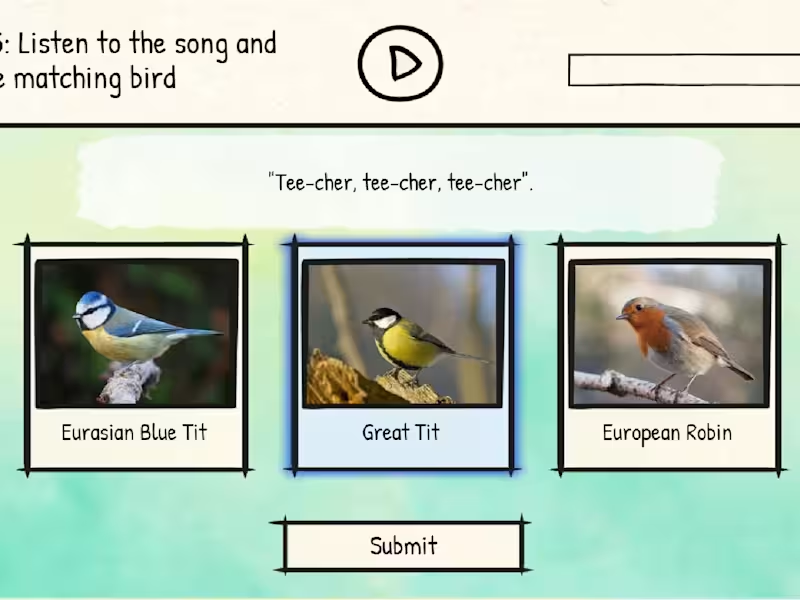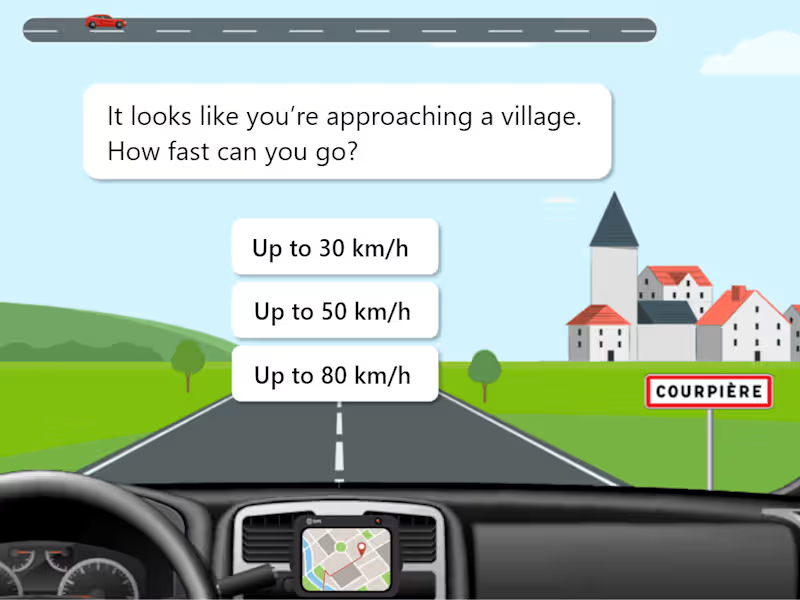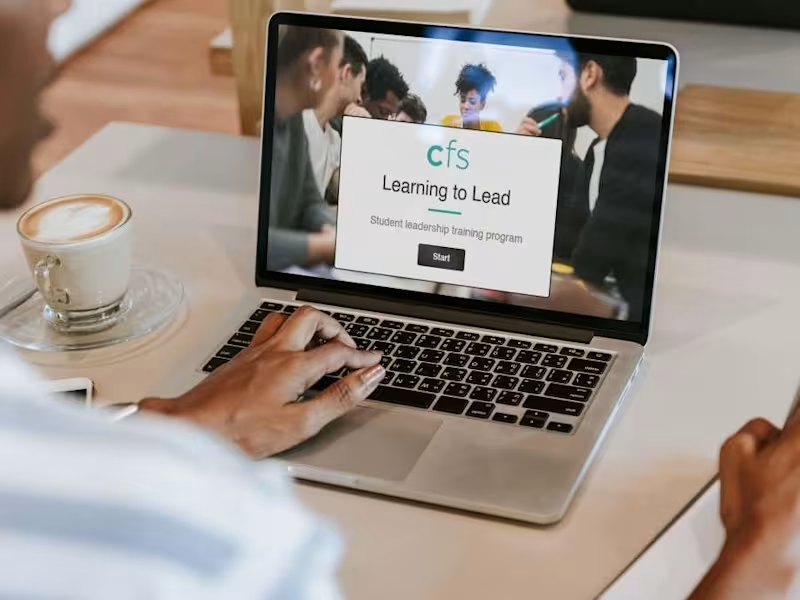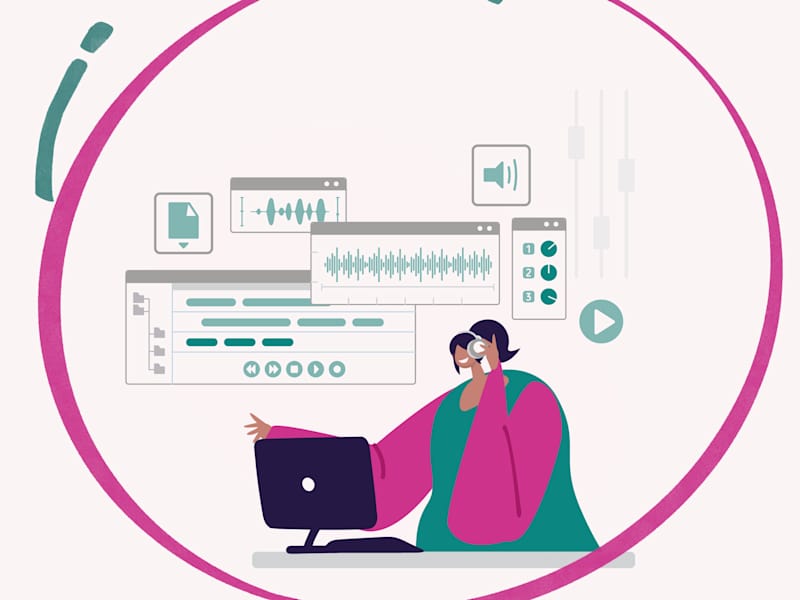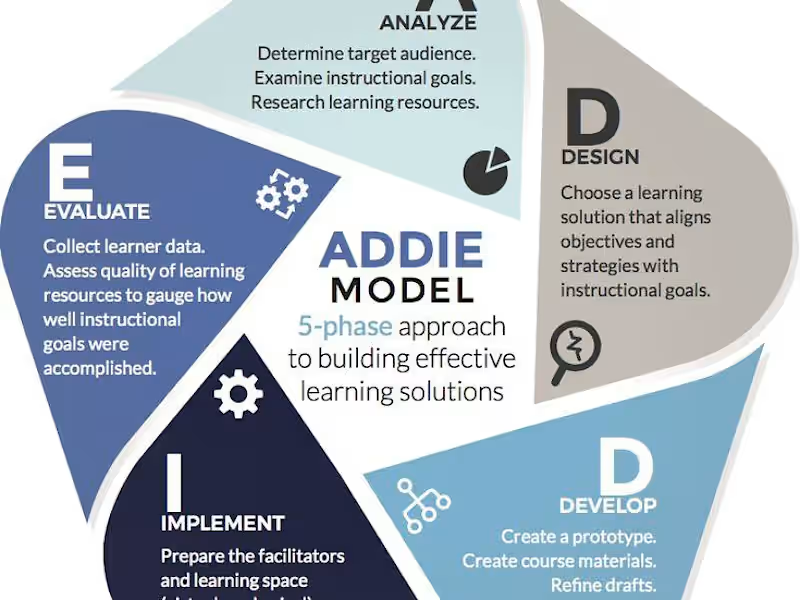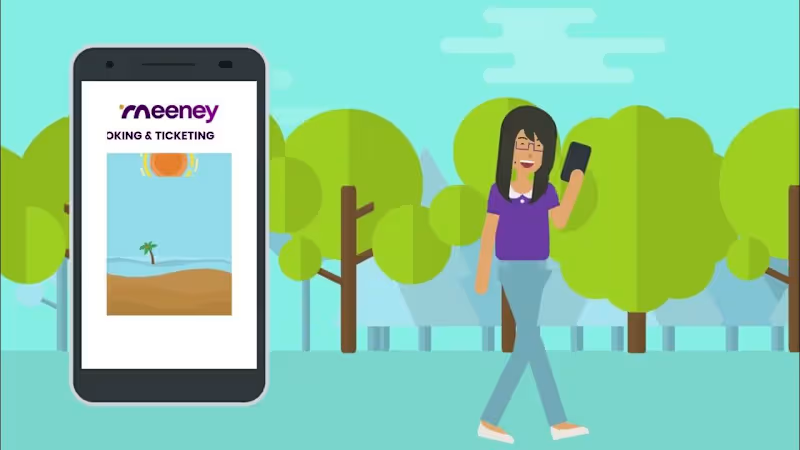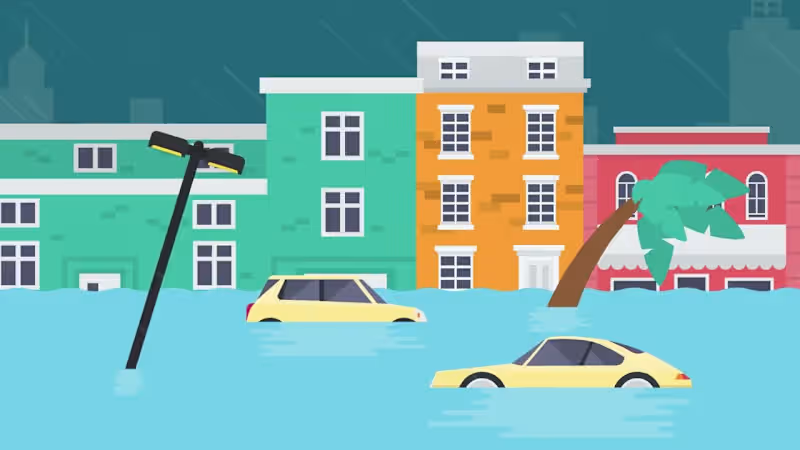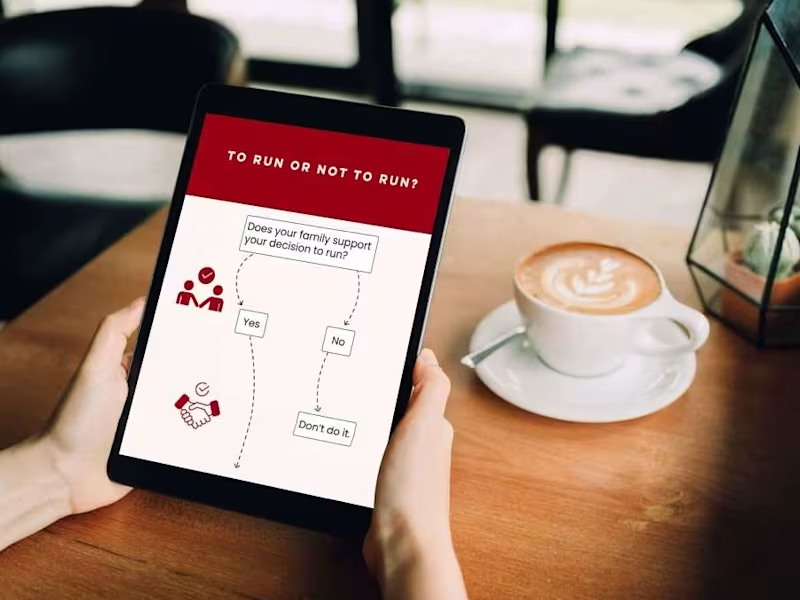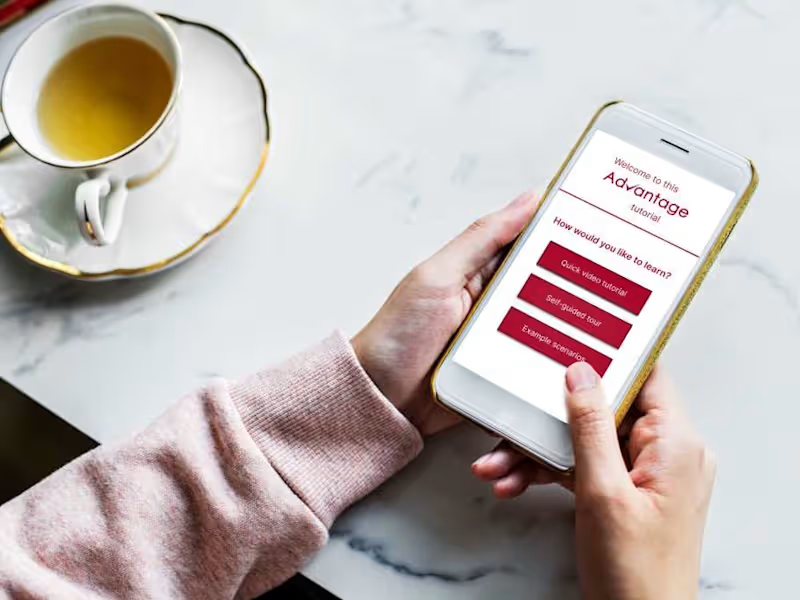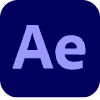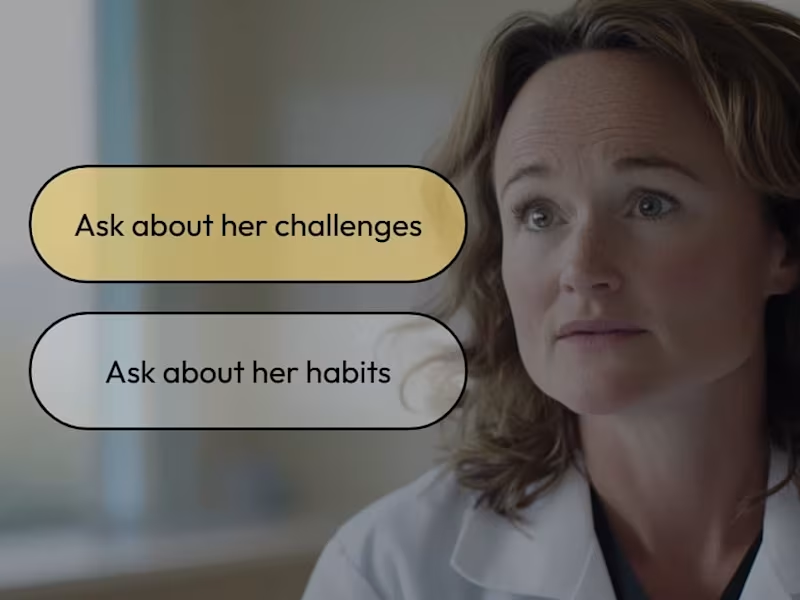What should I look for in an instructional designer's portfolio?
Review their past work to see if it matches the style and quality you want for your project. Look for creativity and how they handle different types of content. Make sure they have experience in your project’s subject area or something similar. A good portfolio should showcase a variety of projects, including different formats like videos, e-learning modules, or interactive activities.
How do I agree on project deliverables with a freelance instructional designer?
Start by defining what you need clearly. Discuss with the designer to create an outline of the project. Make sure you both have the same understanding of what needs to be delivered and in what form. Agree on deadlines and a checklist that both of you will follow.
What should I include in the project brief?
Your project brief should have clear goals, target audience, and important details about your company. Outline the scope of the project, the formats needed, and any specific guidelines. This helps the designer to create content that fits your vision. Include deadlines, so everyone knows when to deliver the work.
How do I ensure the instructional designer understands my brand?
Provide brand guidelines, including colors, fonts, and overall style. Share examples of past work that fits your brand. Set up a call to discuss how your brand should come through in the instructional materials. This gives the designer a clear picture of your expectations.
What is the best way to start the project smoothly?
Start with a kick-off meeting to discuss the project in detail. This is a great chance to review the project brief and timeline together. Use this time to answer any questions the designer may have. This ensures everyone is on the same page before work begins.
How can feedback be effectively communicated to the instructional designer?
Set up regular check-ins and agree on a feedback process. Use clear and constructive feedback to help guide revisions. Written feedback can be useful, but don’t hesitate to discuss it verbally. This helps build a good working relationship and keeps the project on track.
How do I assess if the instructional designer's work aligns with educational goals?
Align the deliverables with your learning objectives from the start. Review samples of the work to ensure they meet your educational standards. Ensure that the content is engaging and clear to the learner. Your goals and the final output should match closely.
What technological tools should the designer be familiar with?
Ask about their experience with common e-learning authoring tools, like Articulate Storyline or Adobe Captivate. Check their familiarity with Learning Management Systems (LMS) that you might be using. This ensures they can create content that integrates seamlessly with your systems.
How do I handle a project's scope change once it's started?
Communicate the changes clearly and as soon as you realize them. Discuss with the designer how these changes affect the timeline and deliverables. Agree on the new terms for the project scope to avoid confusion. Good communication can ensure the project stays on the right path.
What kind of support can I offer an instructional designer to succeed?
Provide them with all necessary resources and access they need. Be available for any questions or clarification they may have. Share any existing materials that might help them understand the project better. Support and communication ensure a successful outcome.
Who is Contra for?
Contra is designed for both freelancers (referred to as "independents") and clients. Freelancers can showcase their work, connect with clients, and manage projects commission-free. Clients can discover and hire top freelance talent for their projects.
What is the vision of Contra?
Contra aims to revolutionize the world of work by providing an all-in-one platform that empowers freelancers and clients to connect and collaborate seamlessly, eliminating traditional barriers and commission fees.
